November 22, 2013 marked the 50th year since the assassination of the 35th President of the United States of America, John F. Kennedy. Conspiracy theories abound to this day: Did Lee Harvey Oswald act alone? Was then-Vice President Lyndon B. Johnson somehow involved? We may never know who was ultimately responsible for the televised execution of one of America’s most-loved leaders. But that doesn’t stop people from writing books, making movies, and generally speculating about what really happened. Even the very scene of the crime itself, a 1961 four-door Lincoln Continental limousine, has become something of an object of fascination for car buffs and arm-chair conspiracy theorists alike.
The car, which has been on display at the Henry Ford Museum in Dearborn, Michigan since 1978, first rolled off the line at Ford Motor Company’s Wixom, Michigan assembly plant in early 1961 with a retail price of $7,800. In order to better suit the needs of the world’s most powerful leader, many changes were made to the car — modifications that ultimately boosted the final price to over $200,000.
The modifications were carried out by Hess & Eisenhardt of Cincinnati, Ohio, and consisted of a portable roof system which, even though not bullet-proof, may very well have saved the president’s life had it been used on that fateful day in Texas. Steps on the rear bumper were installed for Secret Service agents to stand on, but it has been said that Kennedy disliked having anything standing between himself and his potential voters. The detailed limousine was leased to the White House for a paltry $500 a year, and was given the code names X-100 and SS-100-X.
It’s rather difficult to believe that anyone would ever want to ride in a car that was the scene of such a grisly murder, but a month after JFK’s assassination, the Continental was sent back to Hess & Eisenhardt for a “Quick Fix”, which cost $500,000. The car was given an armored body made from titanium, a permanent top, and the interior was completely revamped. Although to continue using the same car that the President was killed in would appear to be in bad taste to some, the so-called reasoning was that it would simply be too time-consuming to construct a new car.
Further modifications were made to the 1961 Lincoln Continental limousine throughout the 1960s and early 70s. Lyndon Johnson added his own personal touch by having the car repainted from Kennedy’s midnight-blue to black. He also demanded that the car be equipped with a window that he could roll down. Even though it kind of defeats the whole purpose of riding in a secured vehicle, President Nixon had a hatch added to the roof so that he could stand and wave to the crowds.
The same Lincoln Continental limousine was used by the White House until 1977, when it was donated by The Blue Oval to the Henry Ford Museum, where it remains on display to this day. To commemorate the 50th year since the JFK assassination, the museum hosted a sold-out 2-night event featuring a panel discussion with former CBS news anchor Dan Rather and James L. Swanson — author of End of Days, a detailed account of the day that Kennedy was killed.

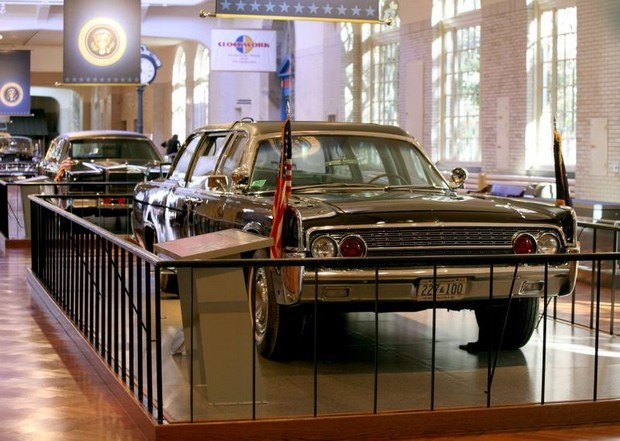
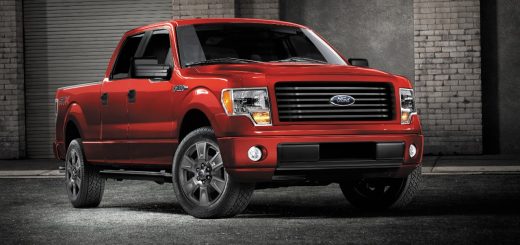
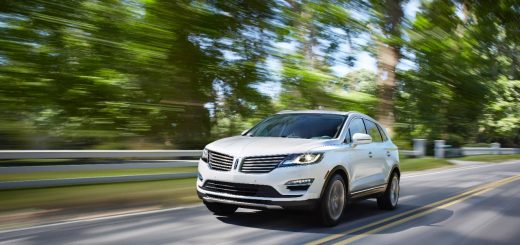
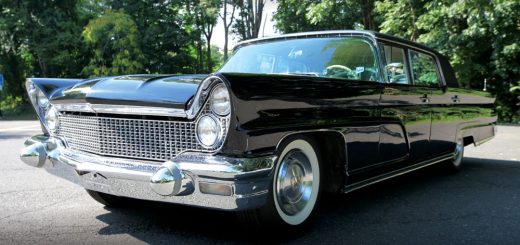
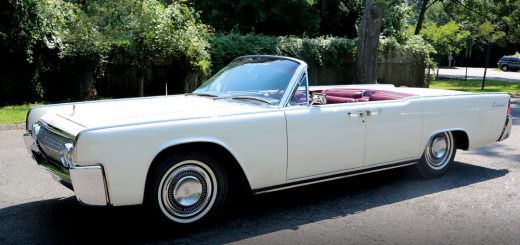
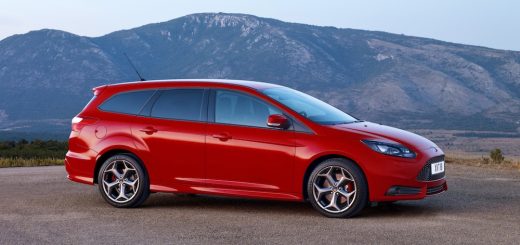







No Comments yet